Name Inez Garcia | ||
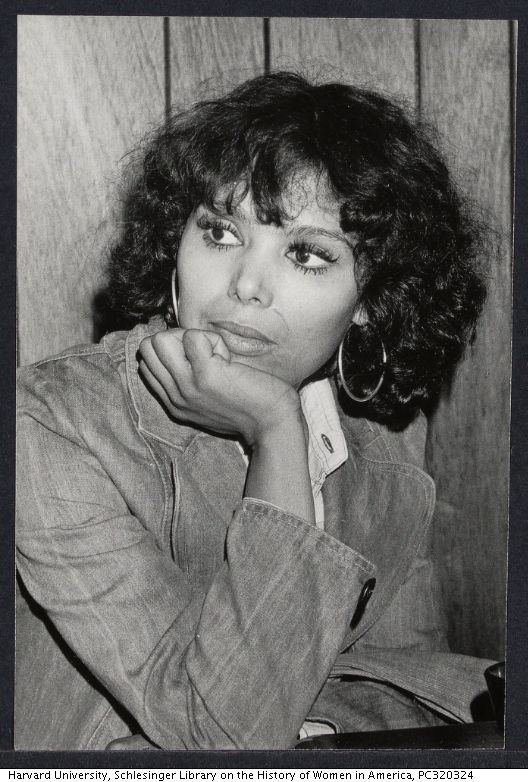 | ||
Similar Marianne Bachmeier, Gary Plauche, Joan Little | ||
Inez García (1941–2003) is a Hispanic woman who became a cause célèbre of the feminist movement when she was charged with the 1974 murder of a man who had raped her.
Contents
Background
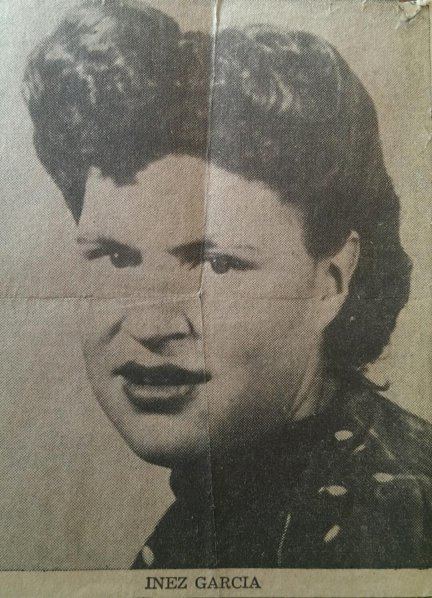
García was born in New York City and raised in Spanish Harlem. Her ethnic heritage is mixed Puerto Rican and Cuban. She married the Cuban exile and Anti-Castro activist Juan García Cardenas, and the two of them had a son in 1963. Cardenas was imprisoned in Soledad, California, after being convicted of involvement in a political bombing in Los Angeles claimed by Poder Cubano. In 1971 Garcia moved to Soledad to be nearer to her husband. She worked in the lettuce fields and supplemented her income with welfare. She earned a reputation in the small, mostly Chicano community as a devout and chaste Catholic. She shared an apartment with Fred Medrano, a Texan who was involved in the illegal drug trade.
Rape and murder
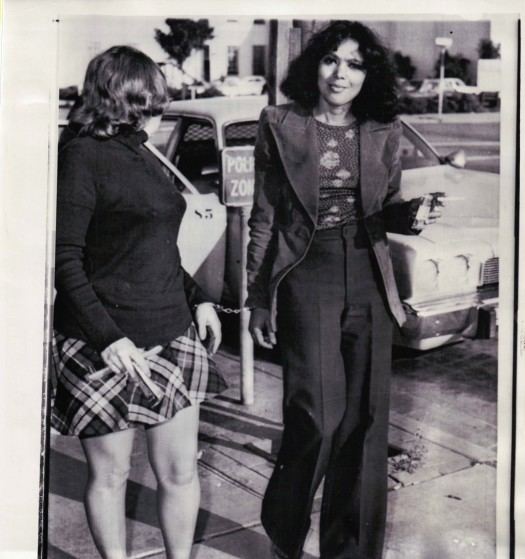
On March 17, 1974, García was visiting with some friends in her apartment. Medrano also had a guest, with whom he was smoking marijuana. Louie Castillo and Miguel Jimenez, Soledad locals and acquaintances of Medrano, arrived in a state of inebriation to purchase heroin from Medrano. They began harassing García and her friends, who left García and the others at the apartment. Soon an argument arose between Medrano and Castillo, who was envious of Medrano's status as the primary drug connection in Soledad and was resentful that an "outsider" had become so successful. The argument became physical, and Medrano was winning the fight (Castillo was a wiry seventeen-year-old) until the 300-pound Jimenez intervened, beating Medrano and threatening him with a knife. Jimenez and Castillo took García to an alley behind the building where Jimenez restrained and Castillo raped her, according to García's testimony, "to show me what a hometown boy was." The two men left the scene for a neighbor's house. Shortly after arriving, they (or someone else) called the García-Medrano residence, laughing, taunting, and threatening García's life if she did not leave town. García armed herself with her son's .22 rifle and she and Medrano drove the six blocks to the residence where Castillo and Jimenez were located. Accounts vary as to precisely what occurred next, but by most of them, Jimenez again brandished his knife and García shot him. Castillo, meanwhile, escaped into a nearby park. Medrano and García continued to the home of the two friends that had visited her earlier, and when police arrived, she surrendered to them without incident.
Investigation
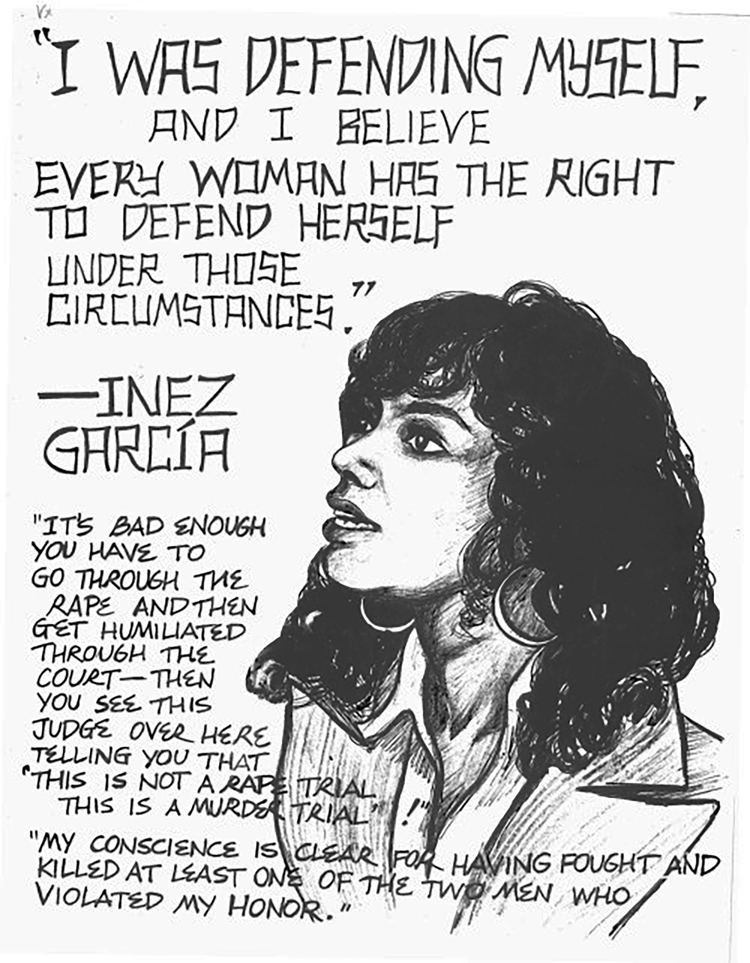
While being interrogated, García claimed that the two men had merely attempted to rape her. Her Catholic sensibilities and sense of shame prevented her from revealing the whole truth. At the jail, she was tested for drugs and alcohol but not for signs of rape. Castillo was never charged with any crime.
Trial
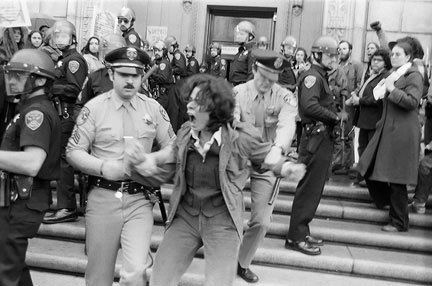
When Cardenas learned of his wife's predicament, he recommended that she retain Charles Garry, a criminal attorney who had gained a reputation in Soledad State Penitentiary as the ardent defender of George Jackson, Huey P. Newton, and Bobby Seale. At the same time, news of the case reached the San Francisco Bay Area, where the women's rights and Chicano movements were at their apex. García began speaking to women's groups in the area, and the Inez Garcia Defense Committee raised money for the defense and publicized the case, hoping to put gender inequalities in the criminal justice system, rather than Garcia herself, on trial. Through her contact with feminist groups, Garcia transformed from the timid, submissive victim who was too ashamed to even admit what had happened to her into an outspoken critic of patriarchy, even when she saw it in her own judge, who she accused of prejudice and sexism. During the trial, Garry had argued that García had acted with diminished capacity. He based this argument on expert psychological testimony that rape causes mental trauma and García's own history of mental instability. The defense disappointed feminists who preferred to see García as a symbol of strength and resistance to male domination. It also failed to win the sympathy of the jury. García was convicted of second-degree murder, sentenced, and spent two years in the California Institution for Women before her appeal was heard.
Retrial
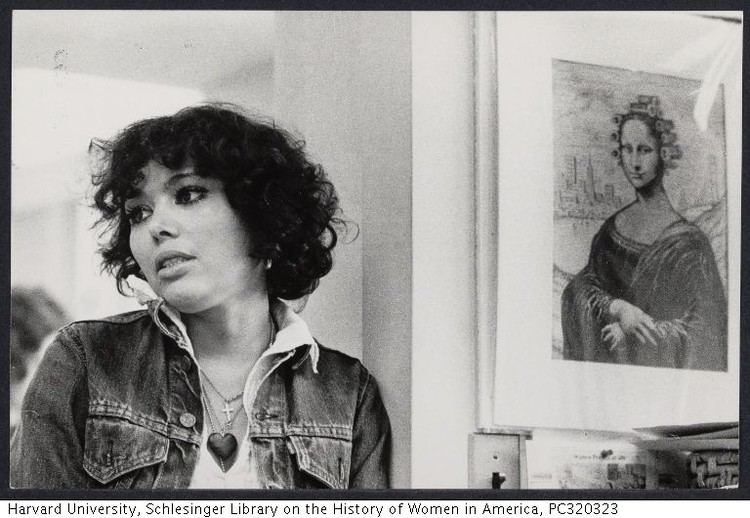
In her retrial, García was represented by the feminist attorney Susan Jordan. Jordan dropped the "diminished capacity" defense, instead arguing simple self-defense. The argument convinced the jury, who exonerated the defendant.
Aftermath

The case was construed in legal circles as a ruling in favor of a woman's right to use deadly force against sexual assault. García herself continued to advocate for the rights of women and rape victims, but her activism diminished as a result of infirmity. Toward the end of her life she battled cancer and died in February 2003 at Miami. As a cause celebre, her case inspired numerous works of art and music, including the Beverly Grant folk song "Inez", performed with the group The Human Condition, and Marge Piercy's poem "For Inez Garcia".

